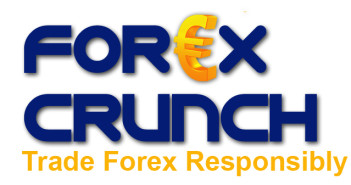The Irish government pulls the inevitable weapon – having senior holders lose their money. This news on the weekend, paves the way for a weak start for EUR/USD at the beginning of the new week, at a bad timing. Update.
Ireland’s new leaders promised to lower the burden from the Irish people in the election campaign. The government led by Enda Kenny first tried to negotiate a lower interest rate, that was seen as punitive for the Emerald Isle.

But this failed.
The leaders of the European Union rejected Ireland’s wish for a lower rate. Their condition was that Ireland will give up its attractive corporate tax, only 12.5%. The Irish leaders refused and defended this tool of attracting investors. No easing in the bailout program was offered to Ireland, contrary to the nice deal that Greece, another bailed out country received.
So, the Irish government, that wants to deliver to its voters, went for the ultimate weapon – having senior bondholders pay the price, or share the burden. Senior bondholders were considered safe and even sacred. Now, Ireland’s minister of agriculture, Simon Coveney, violated this holiness:
A sustainable and comprehensive solution for Irish banking that involves recapitalisation but also involves an element of burden-sharing … That is certainly the outcome that the government is looking for.
The Irish people don’t want to pay to save their banks, which in turn pay German, French and British banks. This wasn’t totally unexpected, but nobody thought it would come so soon.
The timing is bad.
Just a few days ago, the Portuguese government collapsed after it failed to pass new austerity measures. These new cuts were supposed to calm investors in Portuguese bonds, that were at around 7.50% before the vote and reached 8% afterwards. Ireland received a bailout when yields were at lower levels.
Portugal’s debt is definitely unsustainable. But as European leaders are discussing the a bailout for Portugal, they’ll also have to take care of a problem they thought was already solved – Ireland.
These are all bad news for the Euro, that is likely to open the week lower.
The common currency already weakened last week, and closed 100 pips lower. At 1.4085, it’s still above the support line of 1.4030, which was very hard to break on the way up and now turned into support. It’s followed by 1.3950.
Above, the Euro is capped by 1.4160, and more importantly 1.4282, the highest level in a year, which the pair failed to reach.
For more technical levels and events, see the fresh EUR/USD Forecast.



